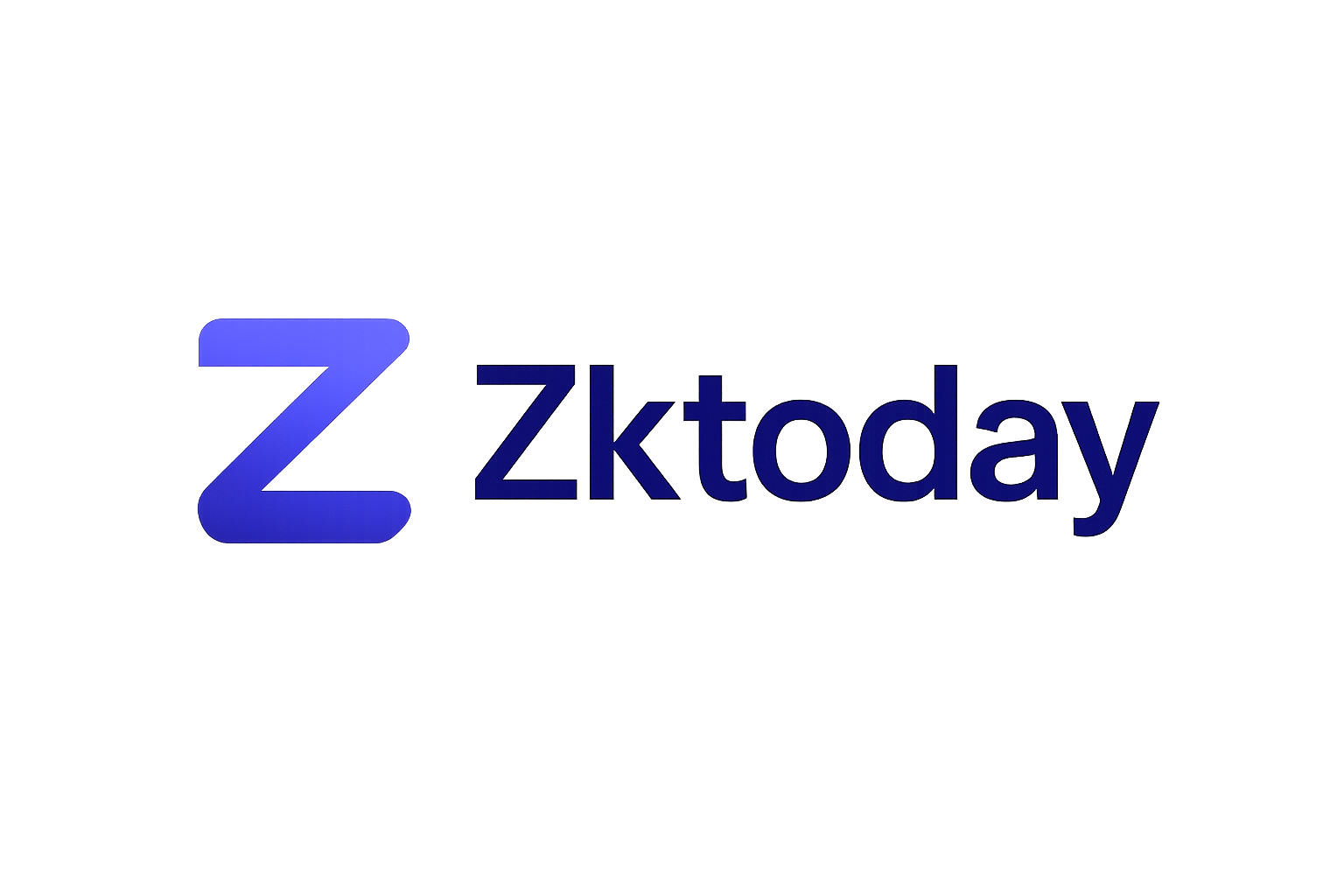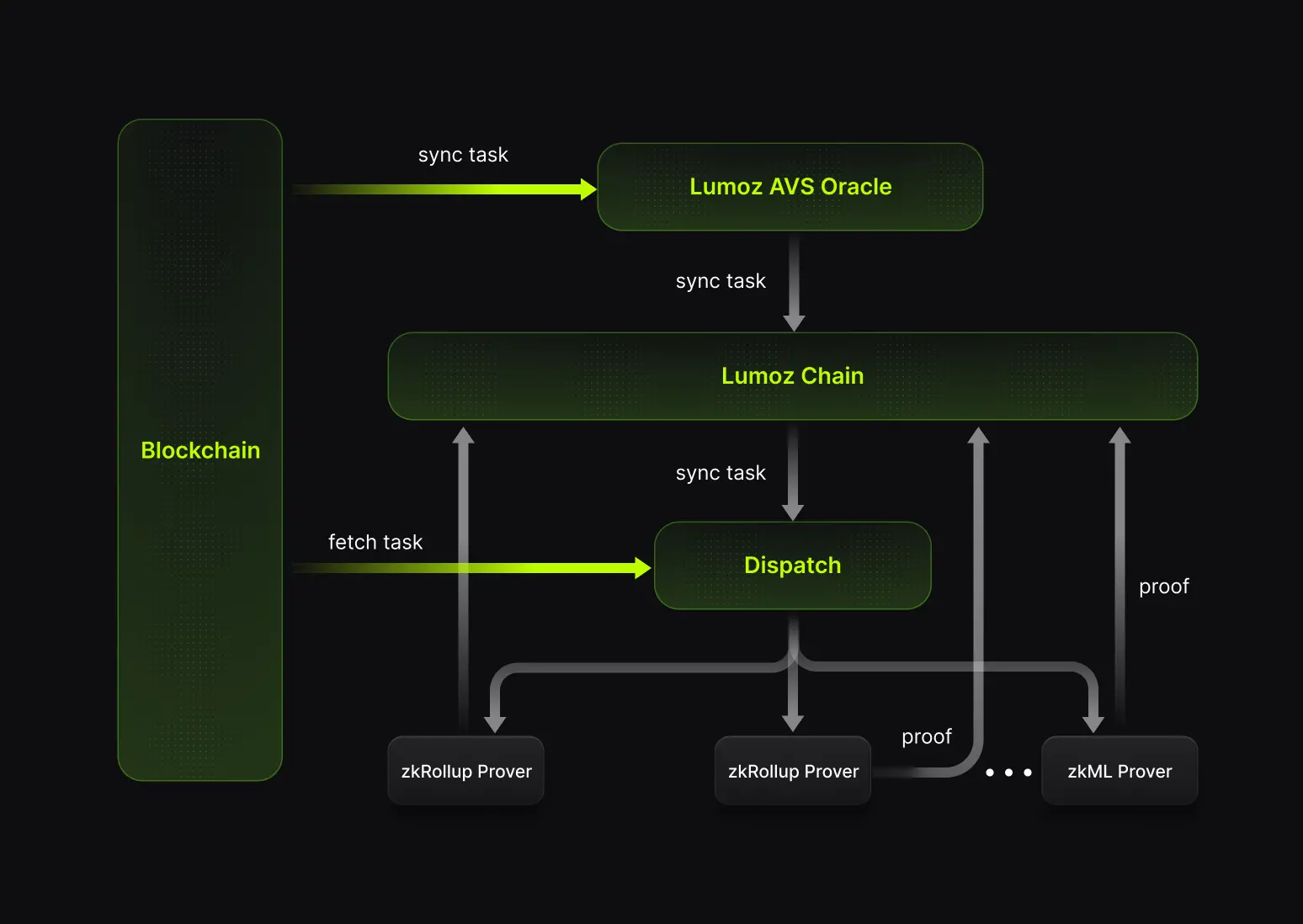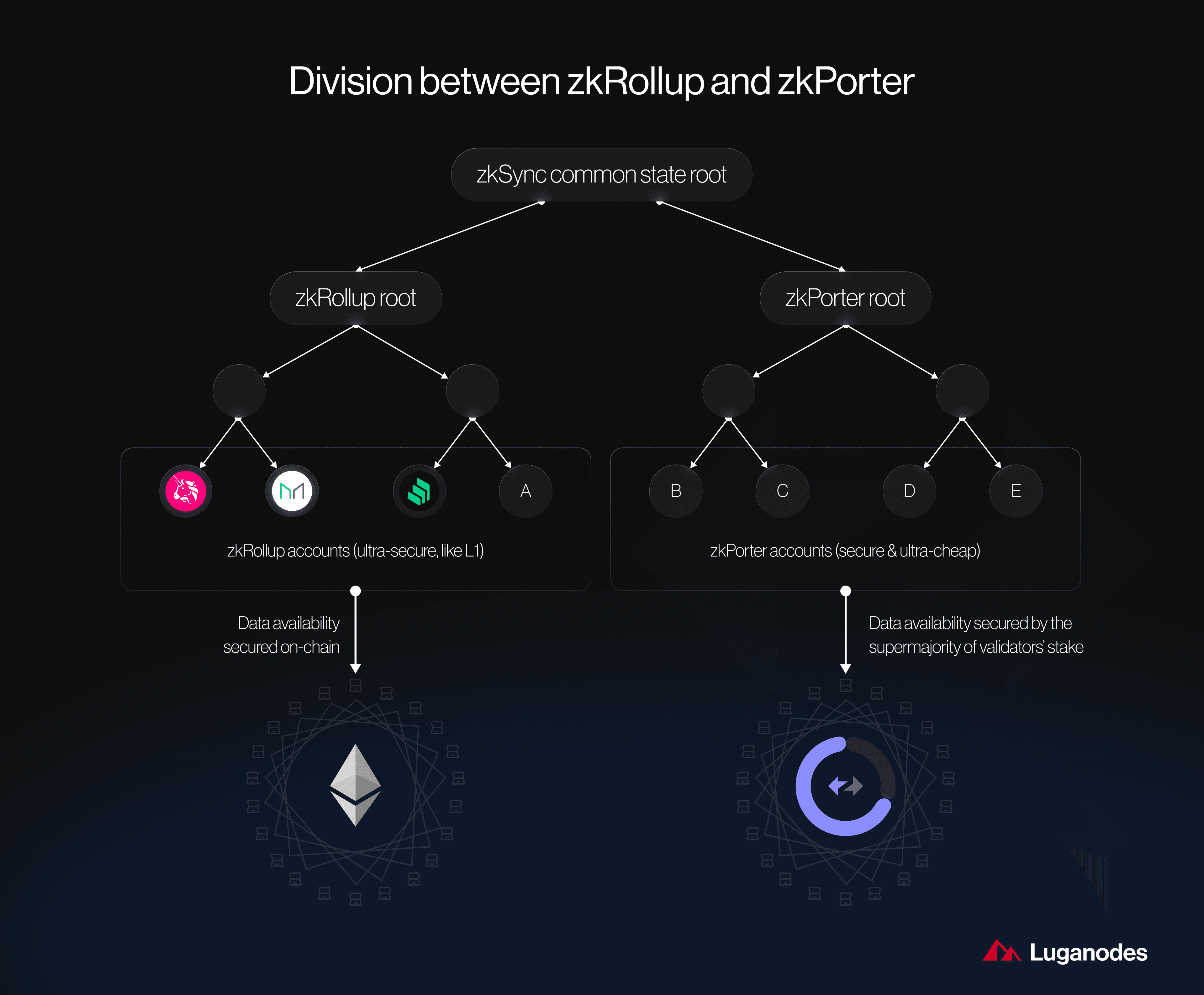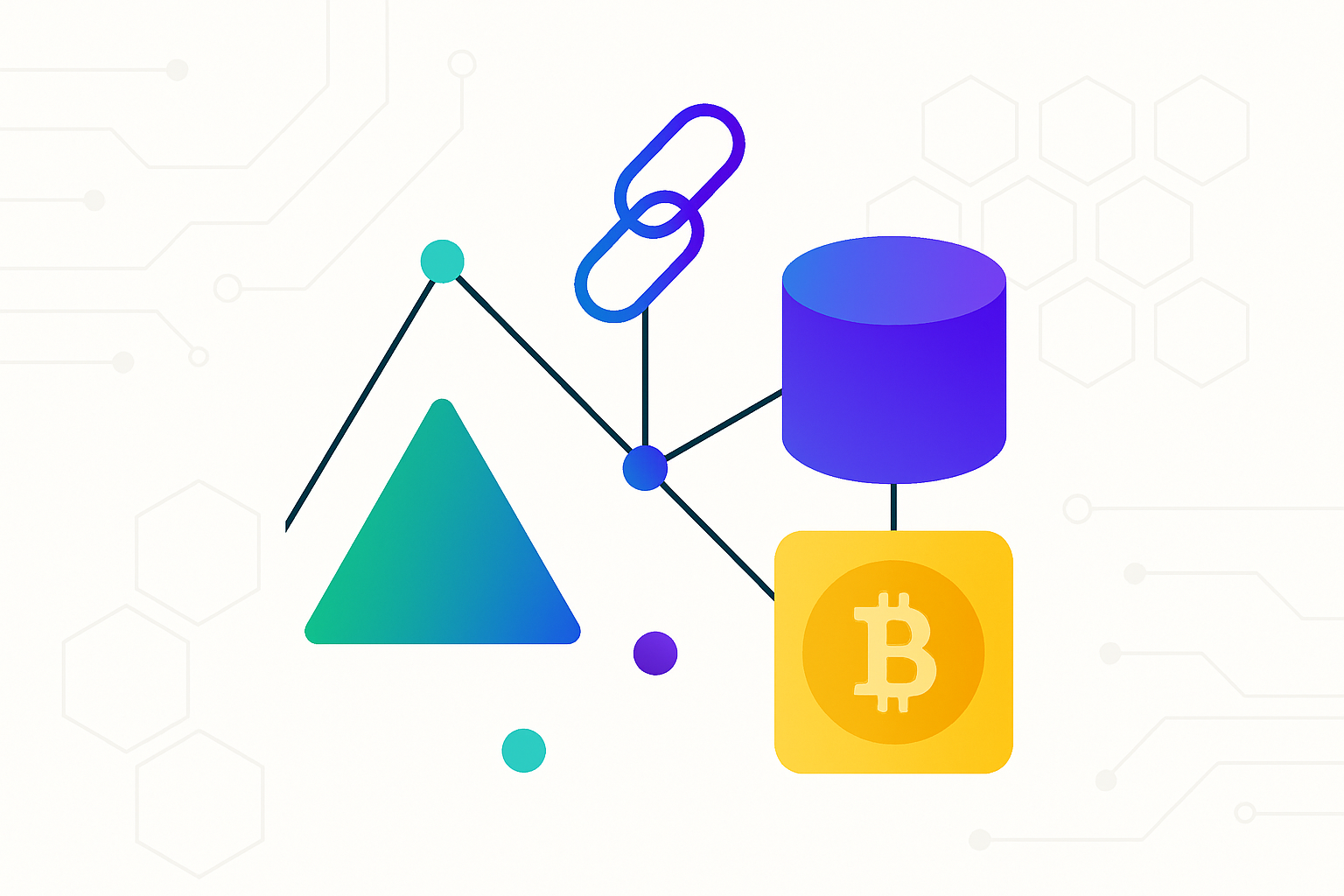
Zero-knowledge rollups (zkRollups) have emerged as the backbone of Ethereum scalability, but their evolution has been bottlenecked by one critical factor: proof generation infrastructure. Historically, zkRollups leaned on centralized proving setups, creating single points of failure, censorship risk, and scalability ceilings. In 2024, however, the landscape shifted dramatically as decentralized proving networks like Cysic, zkVerify, Gevulot, Lagrange, Aztec, and Taiko began to reshape the zero-knowledge proof (ZKP) infrastructure stack.

From Centralized Bottlenecks to Distributed Powerhouses
Traditionally, zkRollup proof generation has been a resource-heavy, specialized task. Centralized provers could become overwhelmed during peak demand, driving up costs and latency. Worse, the reliance on a single entity or a small group of nodes increased the risk of censorship and service disruption. Decentralized proving networks address these weaknesses by distributing the computational workload across a global mesh of independent operators, each contributing hardware resources and cryptographic expertise.
Cysic is a prime example, combining custom ASICs, GPU clusters, and a decentralized marketplace for compute. By integrating with the Succinct Prover Network, Cysic now supports production-grade workloads for major zkRollups like Scroll, hyperscaling proof generation and verification. This approach not only boosts throughput but also democratizes access to ZK infrastructure, reducing barriers for new layer 2 projects and privacy applications.
“Decentralized proving networks are the missing layer for true zkRollup scalability. They transform zero-knowledge proofs from a bottleneck into a competitive advantage. “
Key Players and Recent Milestones in Decentralized Proving
Leading Decentralized Proving Networks & Their Breakthroughs
-
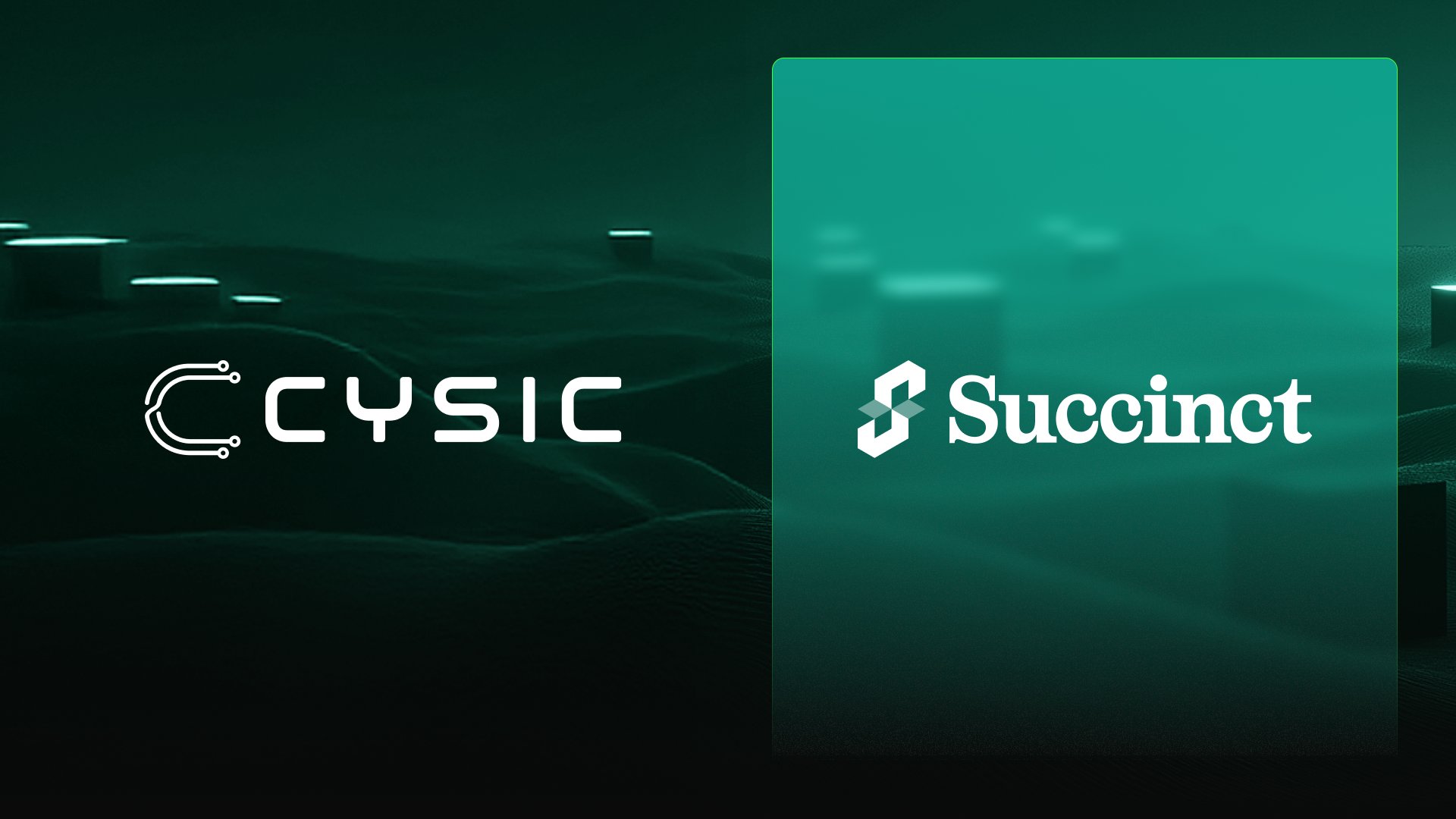
Cysic: Cysic delivers a real-time ZK Proof Generation Layer, leveraging state-of-the-art hardware (GPUs, ASICs) and a decentralized prover network. In 2024, Cysic went live on the Succinct Prover Network, enabling production-grade ZK proof generation for rollups like Scroll and unifying compute resources via ComputeFi.
-
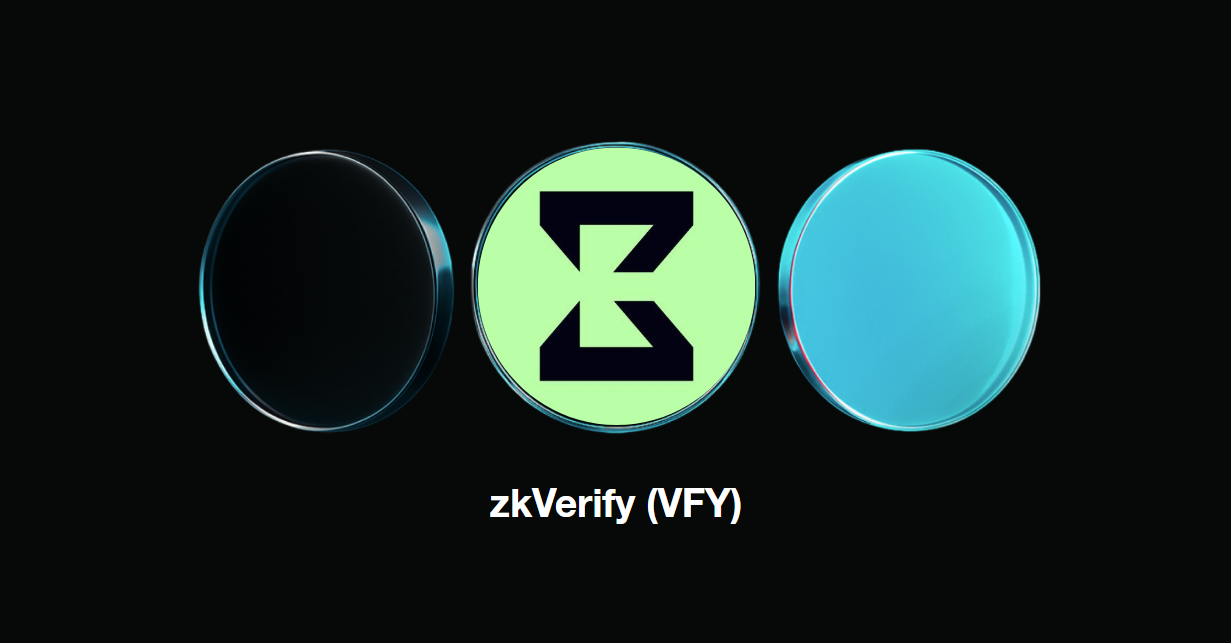
zkVerify: Launched in May 2024, zkVerify is a dedicated zero-knowledge proof verification network. It decouples proof verification from Layer 1 blockchains, reducing verification costs by up to 91% and potentially saving zkRollups over $42.8 million annually.
-

Gevulot: In November 2024, Gevulot partnered with Scroll to introduce decentralized proof generation within the Scroll zkEVM ecosystem. This collaboration enhances scalability and resilience by distributing the proving workload across a decentralized network.
-

Lagrange: Lagrange’s Infinite Proving Layer, launched in December 2024, expands its ZK Prover Network to support zkRollups. The platform distributes computational tasks globally, offering dedicated proving bandwidth and reducing centralization risks.
-

Aztec ProverNet: Aztec launched ProverNet, a permissioned testnet for decentralized proof generation, in September 2024. ProverNet tested permissionless proof outsourcing, marking a key step toward fully decentralized zkRollup proving.
-
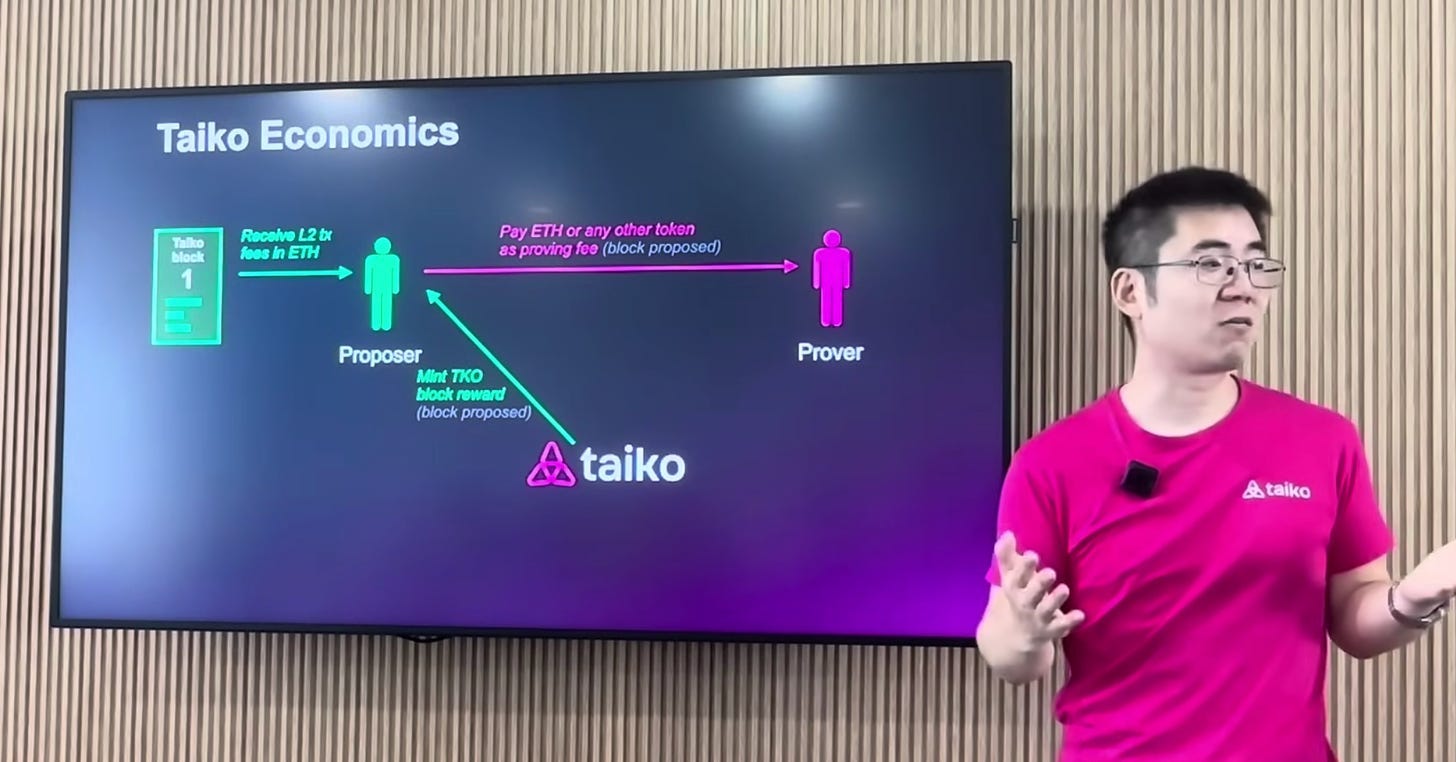
Taiko: In November 2024, Taiko advanced its multi-proof architecture by integrating zero-knowledge proofs into its rollup. This approach enhances security and scalability by supporting multiple proof types across different tiers.
The past year has seen remarkable momentum:
- zkVerify launched in May 2024, decoupling proof verification from Layer 1 blockchains and slashing verification costs by up to 91%. This could save zkRollups over $42.8 million annually, freeing up capital for further ecosystem growth.
- Gevulot teamed up with Scroll in November 2024 to decentralize proof generation within Scroll’s zkEVM ecosystem, increasing both scalability and resilience against downtime or attack.
- Lagrange introduced the Infinite Proving Layer in December 2024, distributing proof tasks globally and offering dedicated bandwidth for zkRollup operators.
- Aztec’s ProverNet permissioned testnet (September 2024) was a key milestone in permissionless proof outsourcing, setting the stage for broader adoption of decentralized proving in privacy-focused rollups.
- Taiko advanced its multi-proof architecture in November 2024, supporting multiple proof types and further decentralizing the proving process for enhanced security.
The Economics of Decentralized Proof Generation
The numbers tell a compelling story. With zkVerify’s network reducing verification costs by up to 91%, the financial incentive to adopt decentralized proving is stronger than ever. For context, this translates to potential savings of $42.8 million per year for zkRollup operators, capital that can be redirected into ecosystem development or user incentives. Additionally, decentralized networks like Cysic transform idle GPUs and ASIC miners into productive assets, creating a new on-chain economy for cryptographic computation.
This hyperscaling effect is not just theoretical. Cysic’s integration with Scroll and the Succinct Prover Network has already demonstrated tangible improvements in proof throughput and latency. Meanwhile, Lagrange’s Infinite Proving Layer ensures that even as demand spikes, operators can access dedicated bandwidth, preventing congestion and maintaining predictable costs.
Why Decentralized Proving Networks Matter for zkRollup Adoption
For zkRollups to fulfill their promise of scalable, low-cost, and censorship-resistant blockchain infrastructure, the underlying proof generation must be robust, distributed, and economically sustainable. Decentralized proving networks are not just an incremental upgrade, they are a paradigm shift. By mitigating centralization risks and unlocking hyperscale performance, they pave the way for mainstream adoption of zkRollups in DeFi, gaming, cross-chain liquidity, and beyond.
Crucially, the decentralization of proof generation is redefining the risk profile for zkRollup projects. By distributing the proving workload across independent operators, networks like Aztec’s ProverNet and Taiko’s multi-proof architecture reduce the attack surface for malicious actors. This resilience is especially vital as zkRollups begin to secure not just financial transactions but also complex application logic and cross-chain state transitions. The ability to source proofs from a diverse, global pool of provers means that even in the face of targeted attacks or regional outages, zkRollup chains can maintain liveness and data integrity.
Another key advantage is permissionless participation. The evolution from permissioned testnets (like Aztec’s ProverNet) to open, permissionless networks will enable anyone with specialized hardware or cryptographic expertise to contribute to proof generation and earn rewards. This democratization mirrors the early days of Bitcoin mining, but with a focus on high-value cryptographic computation rather than brute-force hashpower. It also encourages innovation at the hardware layer, as seen with Cysic’s push to integrate custom ASICs and GPU clusters for maximal efficiency.
Challenges Ahead: Coordination, Incentives, and Standardization
While the momentum is undeniable, several challenges remain before decentralized proving networks become the industry standard for zkrollup scalability infrastructure. First, there is the issue of coordination: ensuring that proof tasks are efficiently distributed and that provers are incentivized to deliver timely, correct results. Projects like Lagrange and Gevulot are experimenting with auction-based task assignment and cryptoeconomic slashing to align incentives, but these systems are still early in their deployment.
Second, standardization is needed to ensure interoperability between different proving networks and zkRollup protocols. As more rollups adopt custom circuits or novel proof systems (like Taiko’s multi-proof approach), the risk of fragmentation grows. Efforts are underway to develop open APIs and proof formats that can be verified across different networks, but this work is ongoing.
Key Challenges Facing Decentralized Proving Networks
-
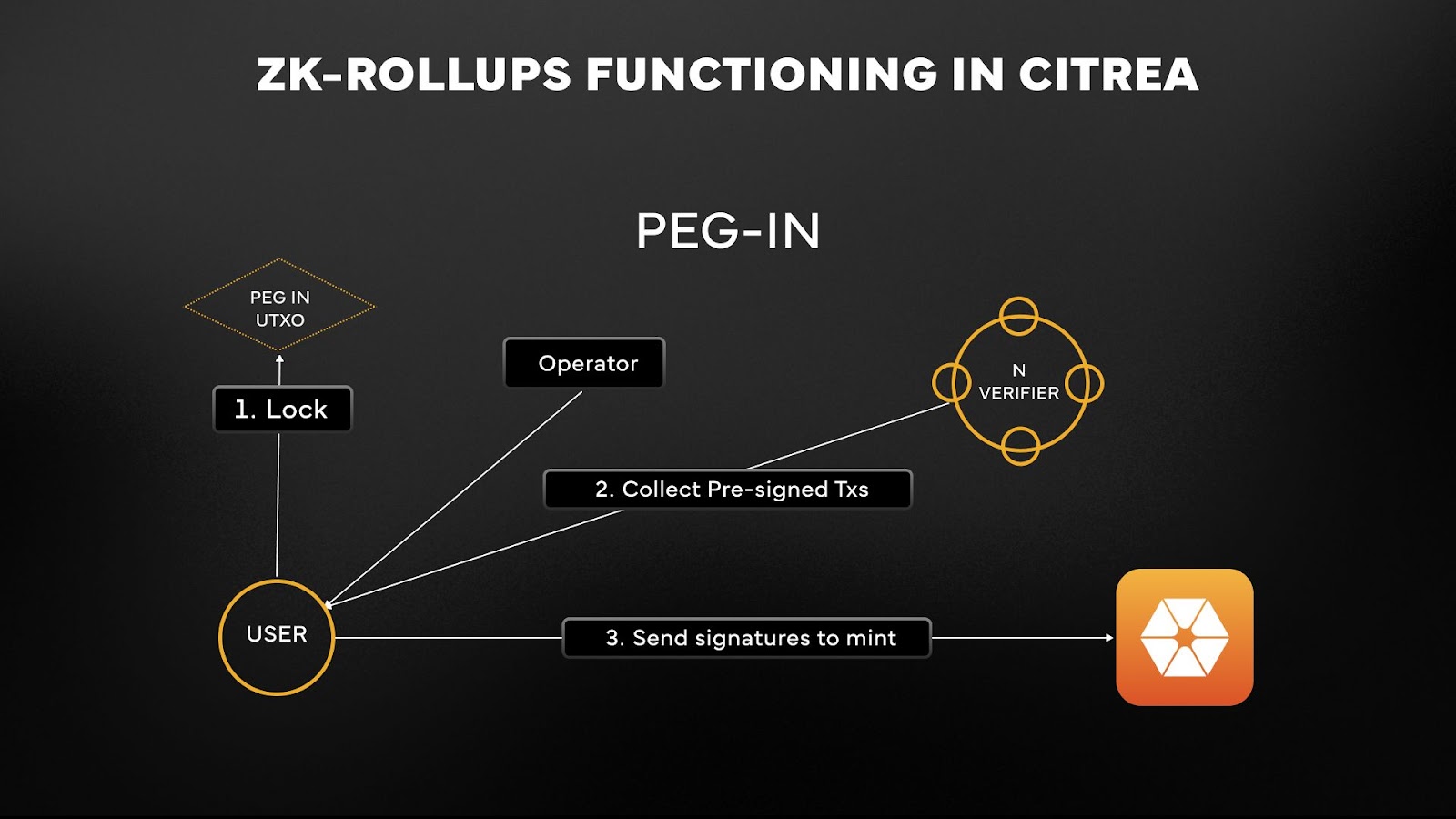
Coordination Overhead: Decentralized proving networks like Gevulot and Aztec ProverNet must synchronize hundreds or thousands of provers, leading to complex scheduling, task allocation, and result aggregation. This coordination is crucial for maintaining proof integrity and network reliability.
-
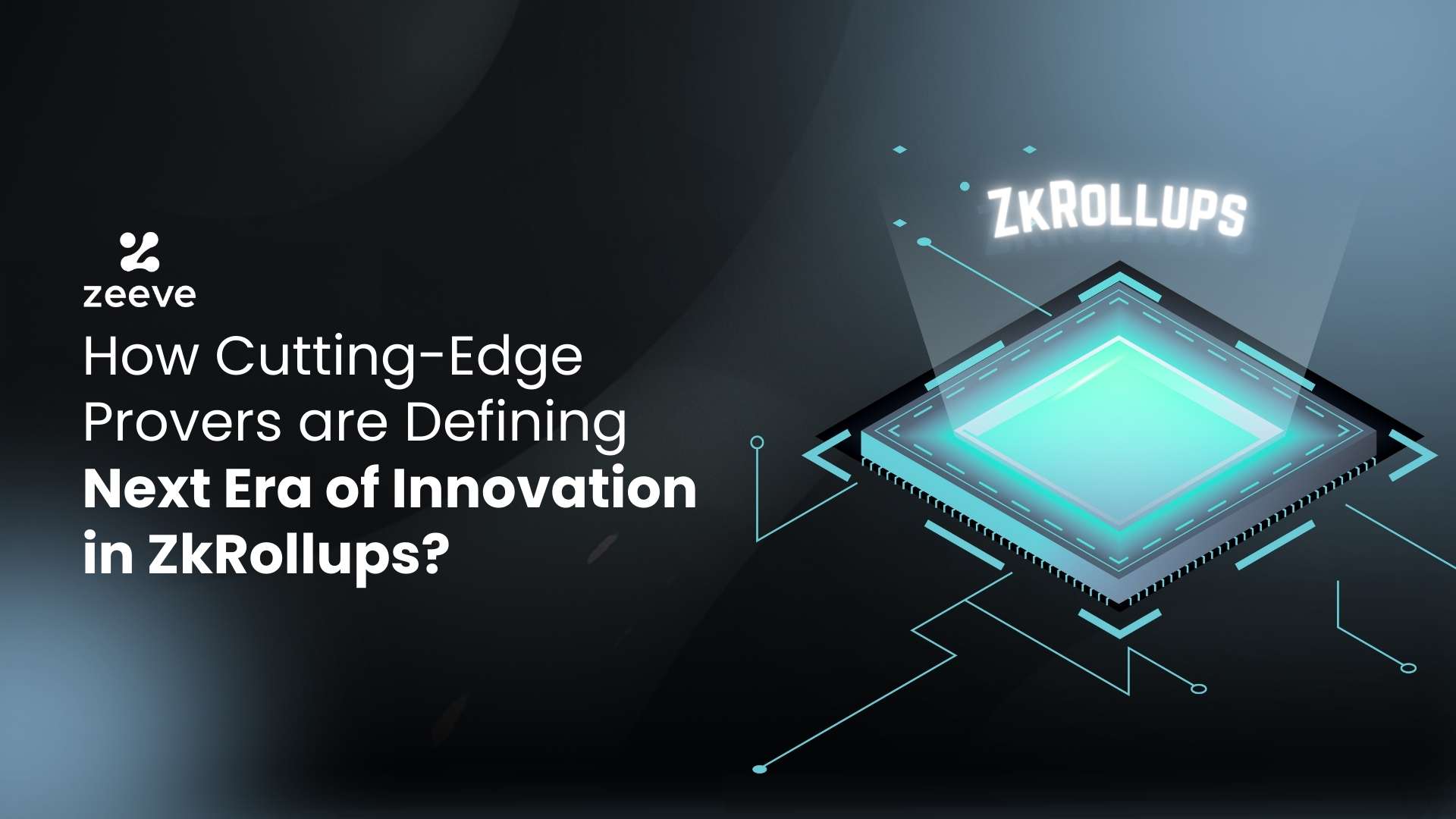
Proof Generation Latency: Despite hardware acceleration from networks like Lagrange’s Infinite Proving Layer and zkVerify, distributing proof tasks introduces additional communication delays, potentially increasing the time to finality for zkRollups.
-
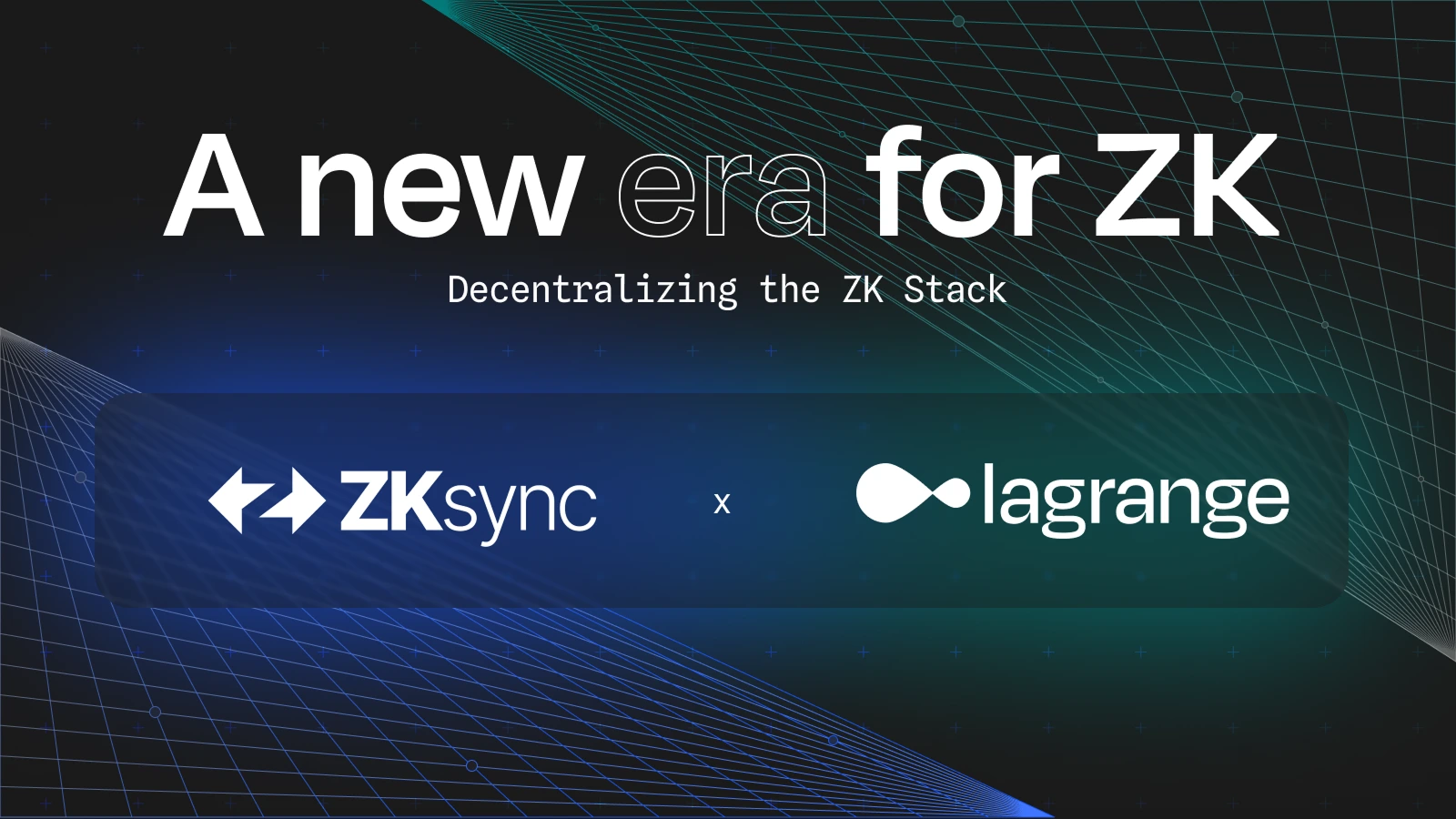
Security and Trust Assumptions: Decentralization reduces single points of failure, but new attack vectors emerge—such as collusion or Sybil attacks among provers. Networks like zkVerify must implement robust cryptoeconomic guarantees and monitoring to maintain trust.
Finally, the question of latency remains top-of-mind for developers building latency-sensitive applications like DeFi or on-chain gaming. While decentralized networks can hyperscale throughput, they may also introduce new sources of delay if task routing or result aggregation is inefficient. Early results from Cysic’s integration with Scroll are promising, but more real-world data is needed as these networks expand beyond testnet environments.
What Comes Next for Zero-Knowledge Proof Infrastructure?
The trajectory for decentralized proving networks is clear: as capital flows into hyperscale ZKP infrastructure and more rollups migrate from centralized setups, the ecosystem will see compounding gains in security, efficiency, and accessibility. Expect further convergence between hardware innovation (custom ASICs, GPU clusters) and cryptoeconomic design, driving down costs while enabling new classes of decentralized applications.
For developers and investors tracking this space, the implications are significant. The removal of proof generation bottlenecks opens the door to new business models around on-chain privacy, scalable DeFi, and cross-chain liquidity without opt-in barriers. To dive deeper into how zkRollups are enabling these next-gen use cases, explore our related analysis on cross-chain liquidity without opt-in.
The next 12 months will be critical as decentralized proving networks move from early deployments into production-grade infrastructure. Those who understand the nuances – from incentive alignment to hardware optimization – will be best positioned to capitalize on this seismic shift in blockchain scalability.
